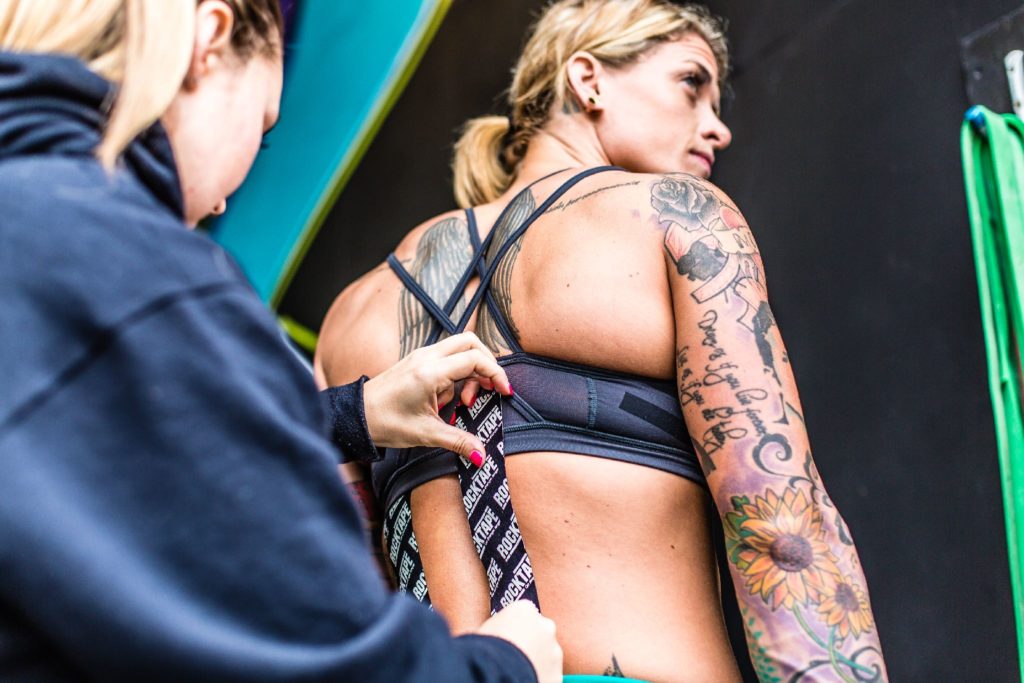by Brad Norris – Clinical Educator
We are always hesitant to use the term “rules” when outlining our RockTape taping philosophy. Rules tend to constrain a clinician or movement professional when in fact, when applying tape, we adhere to a more concept driven model. Let’s call it “flexibility within a framework”. Once the clinician or fitness professional understands our model, our hope is that their clinical expertise and intuition will ultimately guide the use of “everything“ Rocktape. Like an architect designing a building, we are simply not governed or ruled by a hard and fast set of rules. There is no one way to apply tape and many of the guiding principles are negotiable and situation driven. We need multiple ways to win!

I always enjoy sharing this picture when I teach a RockTape course. It is one of those feel good moments, because everyone loves babies. It also acts as a conduit to discuss the ever-changing rehabilitation and human performance landscape. I explain that by the time this baby reaches the age of ten, some of what we believe, promote and theorize may either be shelved or improved upon. It is truly a mindset that characterizes elite professionals – a willingness to admit that we do not have all the answers and can only convey the postulates that we know as of today. It is a robust, dynamic field in which empowered professionals explore every option to push their practice to another level. The hope is this revisionary approach is driven by an evidence-based practice that capitalizes on established, peer reviewed research, clinical experience and patient outcomes.
Less Is More
“ It’s not how deep you go, it’s how you go deep. “ Ida Rolf
I love this quote because it really emphasizes what I believe is the most significant shift in my overarching philosophy. A number of years ago, I had the distinct pleasure to witness renowned osteopath, Dr. Guy Voyer, treat a pro athlete – at the time, although impressed by the outcomes, I was skeptical about the approach, given the subtle nature of the treatment. As an athlete, the default thinking was to assign more of everything. More reps, more exercises, more weight … at some point, any result was more a product of chance than good prescription. If the result was a success, it was often by chance and we would have wasted significant resources to get there. As a manual therapist, I am primarily focused on athletic populations. I was conditioned to believe that more aggressive hands-on approaches often meant better outcomes. I get a chance to regularly reflect on my own practice and approach to training and rehabilitation and am quick to admit that many of the practices and tools I currently implement are uniquely different from my delivery ten short years ago. Less is more is a uniquely distinctive approach and reflects a significant shift in mindset. Input quality becomes significantly more important than quantity.
This Wonderfully Complex, Adaptive Nervous System
I think the most powerful lessons have occurred in and around my experience with Rocktape. The nervous system is a wonderfully complex, plastic system that has the capacity to absorb and adapt to everything we can throw at it. The brain acts only on the information we provide and if the input is threatening or overly aggressive, the athlete or patient may actually be more apprehensive about treatment and movement. The registry by which we operate does not have to be predicated on the idea that to get an effect we need to beat this system up by throwing more at it. Nobody has ever used a sledgehammer to fix a Ferrari.
The Rocktape Toolbox
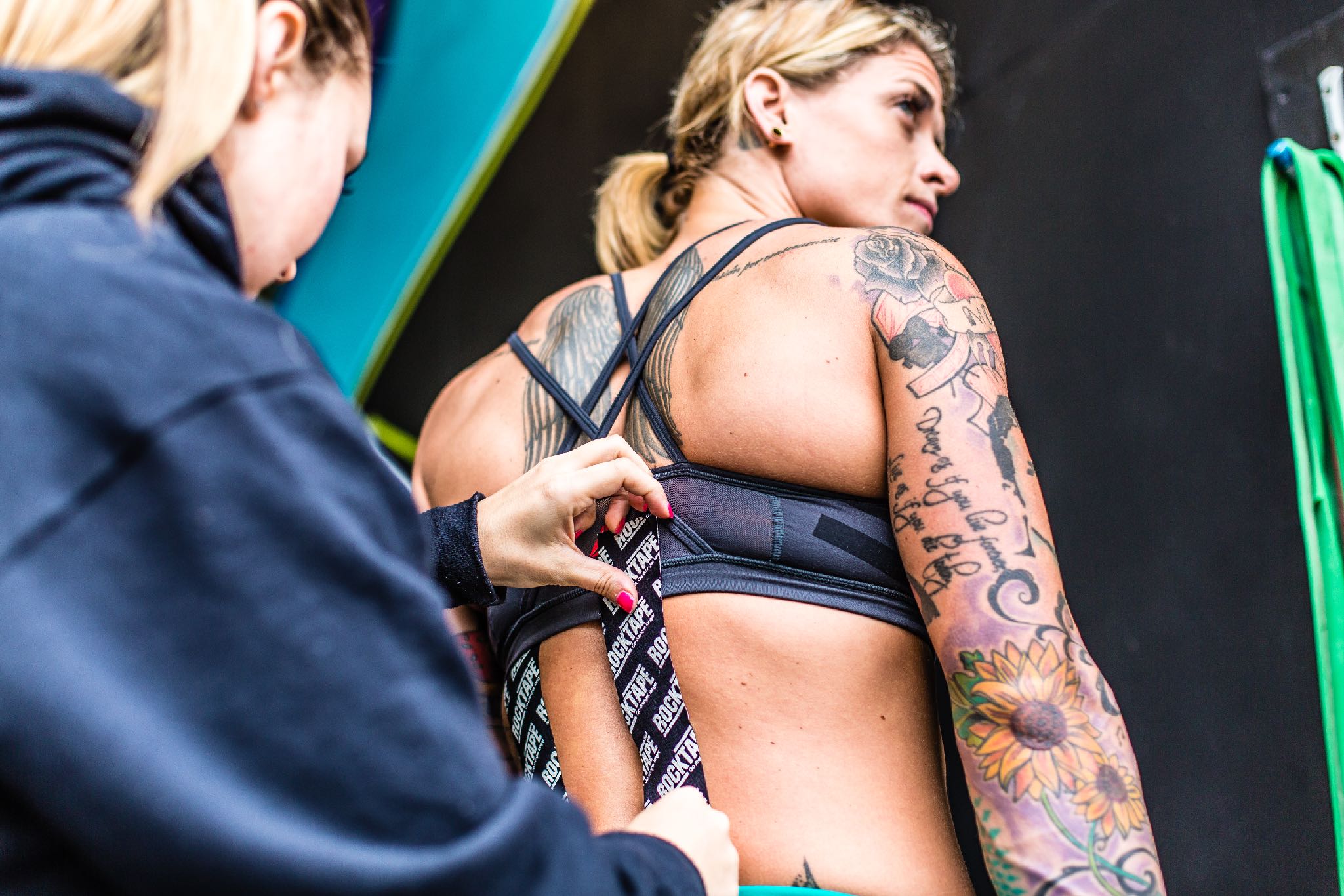
Rocktape as a tool lends itself well to the tenet less is more. Over stretching the tape can cause a skin reaction that mimics blistering. But from a “software“ standpoint, the best results are often best served by a paper off application to simply retool awareness of the body region at a cortical level. I regularly treat and train hockey players and rugby athletes. It is no secret that concussions are commonplace in both sports. I have made the mistake of applying a little too much stretch in this situation – athletes have reacted poorly to something as simple as tape application complaining of nausea and light headedness. In the early stages of concussion treatment, we always have to be incredible cautious about throwing too much at a nervous system that is already hypersensitive and threatened by anything. Paper off tape application gives the nervous just enough of what it needs without overwhelming this compromised platform.
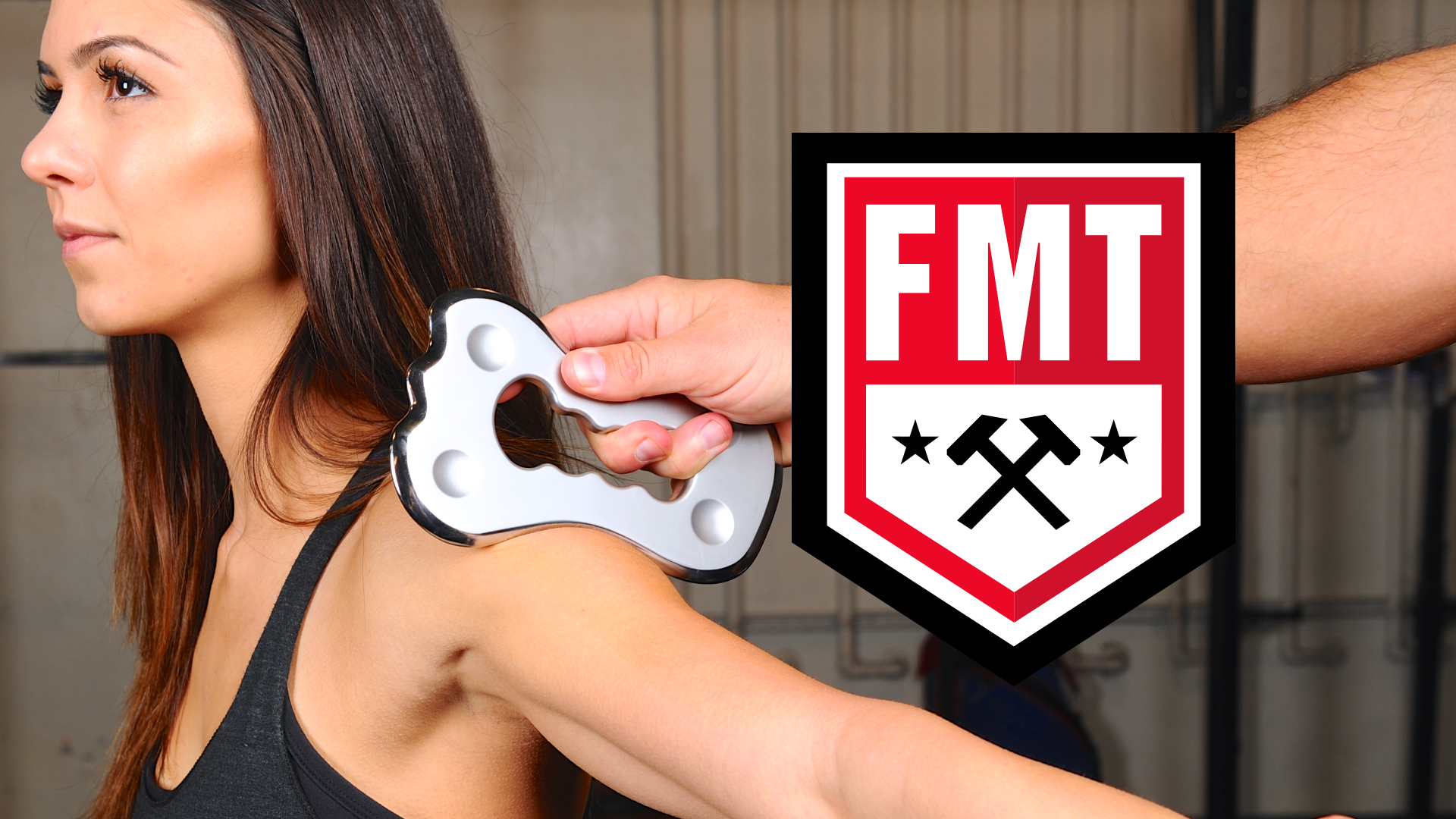
Or unique Blades IASTM approach is a “software” approach to tool application, a neuro sensory application capitalizing on the mechanoreceptor pool within the skin – fascial system without having to beat up tissue to get a proposed effect.
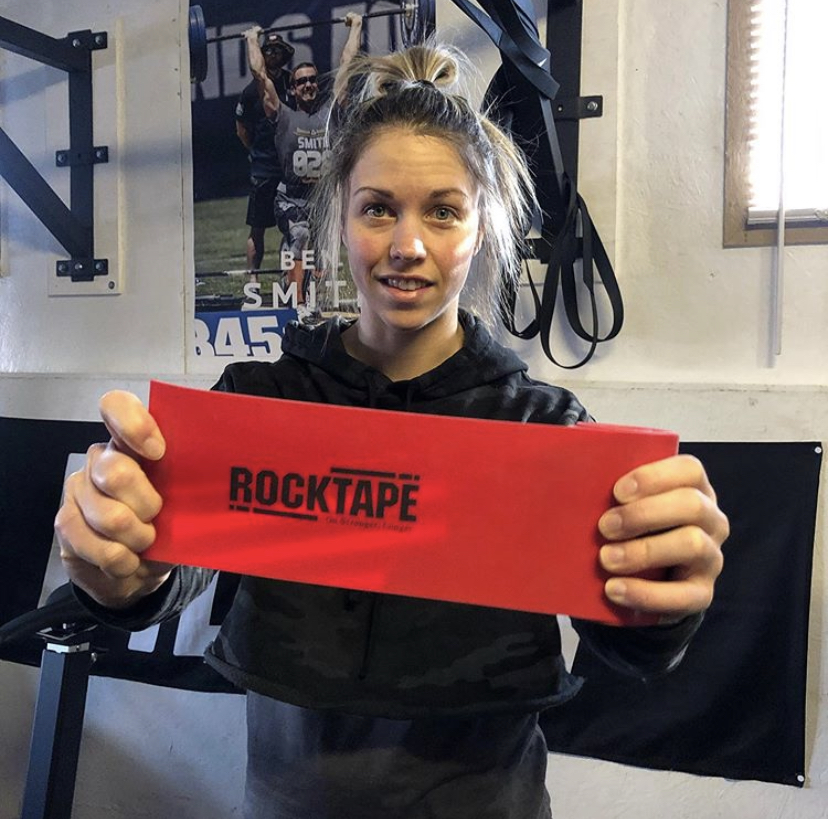
Rock Floss as a mobility tool has changed our perspective on the effects of sustainable compression on mobility and motor control in both athletic and rehabilitative populations. During my recent recovery from a dual fracture / dislocation of my left ankle and right knee, floss was the most powerful tool in my arsenal. The effect can be a little surprising and, in fact, shocking during the first application but the results are undeniable. The less is more restriction with floss is based on duration – we hold to a maximum time of approximately 2 minutes that promotes tissue mobility without the numbness or discomfort associated with prolonged compression.
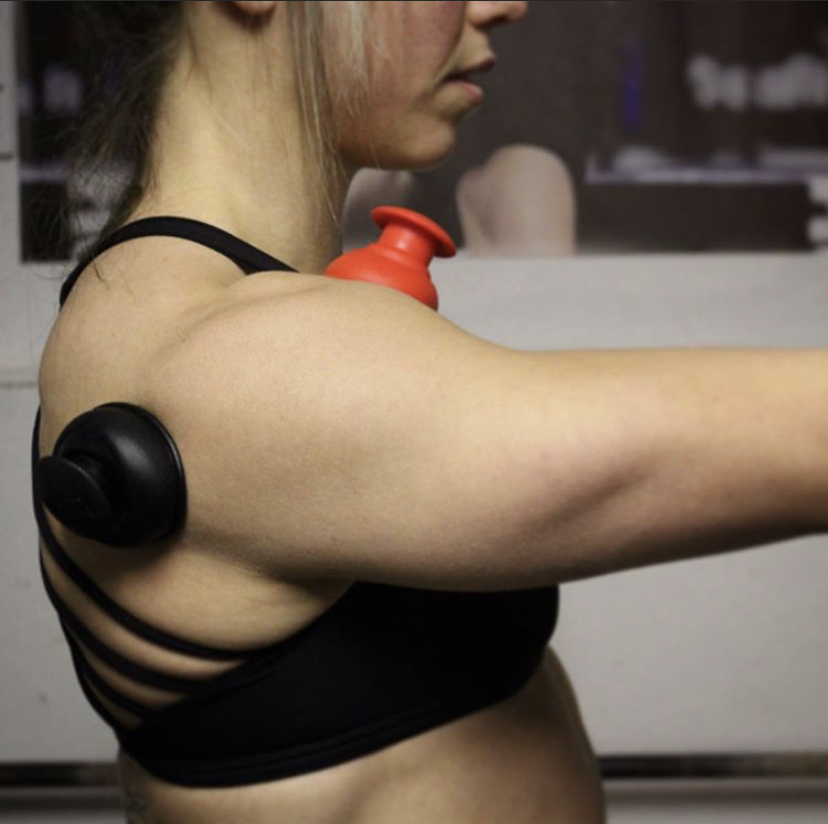
Rock Pods allows us to tap into a fascial system that functions as a subtle conduit between the periphery and the brain. The “Phelps effect“ really brought cupping to the forefront. People had a chance to see the real time effects of cupping and assumed that the bruising is an inevitable and expected consequence of cup application. The discoloration is a consequence of cupping but not a mandate to get an effect. More discoloration in no way amplifies the effect. Again, cupping as part of our broader less is more approach is restricted by duration of exposure. In two to three minutes you can accomplish everything you need to accomplish without any perceived necessity to “ bruise “ the skin.
Never lose sight of the fact that a small hinge can open a very big door. Our goal is to find that path of least resistance or proverbial sweet spot that gives the patient or athlete a predictable outcome while preserving all available resources during training or recovery.
If you are interested in learning more about our philosophy of our Rocktape toolbox, check out our upcoming education courses here.
Are you a medical Professional and would like to start using RockTape? Sign up for a medical account here and save.
